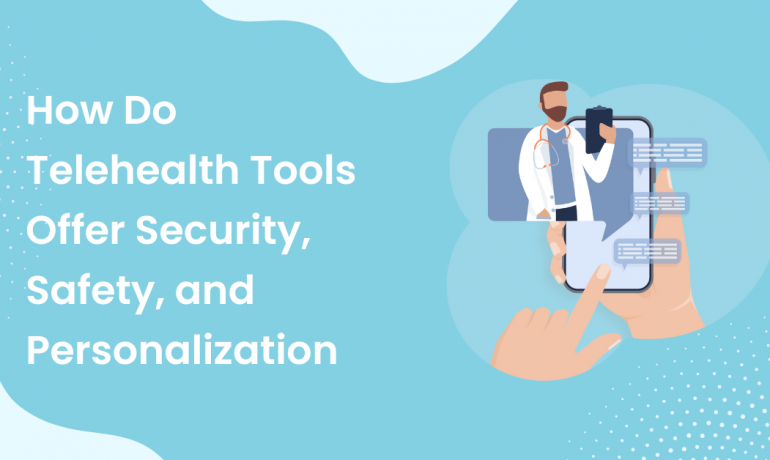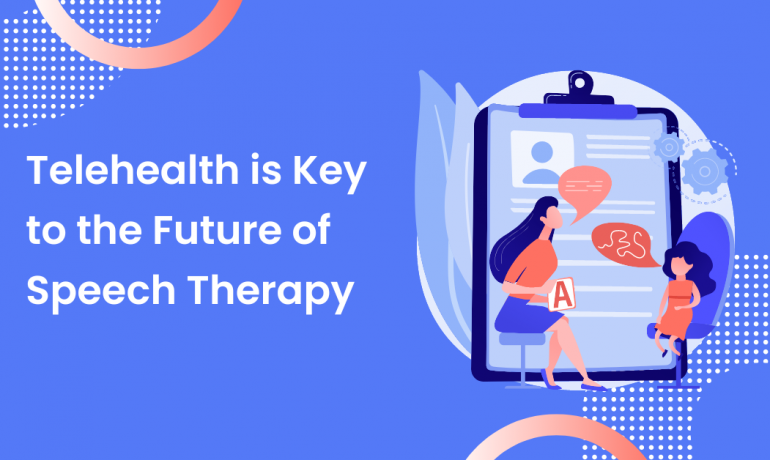Virtual mindfulness-based intervention has been shown to be just as effective as its in-person counterpart. But what exactly is mindfulness, and how does it differ when delivered in person versus in a virtual setting? Read on to find out!
What Is Mindfulness?
You may have heard of mindfulness. After all, it seems to be the new thing that everyone on the internet is talking about. Well, mindfulness is all about staying in the present moment. It can be practiced in your day-to-day life by noticing what is around you and not judging any thoughts that may come to you.
On top of that, there is even therapy available that is rooted in this concept of mindfulness. Ever heard of mindfulness therapy? At the heart of mindfulness, therapy is the idea of being aware of one’s thoughts and surroundings in the present moment. As the therapist, it is your job to facilitate conversations about mindfulness in order to keep your client engaged in healthy thoughts and behaviors. This is great for helping patients to deal with their problems. In particular, patients will be able to handle their emotions better during conflict resolution if they can master mindfulness.
What sorts of techniques do therapists use when helping clients in person? In order to get their clients to focus on the present moment, therapists might incorporate yoga and meditation. Guided imagery and breathing also encourage clients to forget about the past and future and to only focus on the here and now.

When Mindfulness Goes Virtual
Virtual mindfulness therapy has been shown to have real benefits for patients. For example, one study concluded that virtual mindfulness therapy helps with anxiety and depression. In this particular instance, Mindfulness-Based Cognitive Therapy, or MBCT, was used. This type of mindfulness therapy incorporates the practice of challenging one’s negative thoughts. It certainly seems to have worked!
Mindfulness can even be used outside of therapy, perhaps in a virtual classroom setting. What are some specific techniques that teachers can use in this kind of situation? Students may be asked to focus on their breathing, or they might be introduced to meditation, active listening, and the identification of their own emotions. You’ll notice that these techniques don’t sound all that different from in-person mindfulness therapy. As a therapist, feel free to take some of these ideas and use them in a virtual setting with your clients, or perhaps encourage your clients to try these in their spare time outside of your regular sessions.
Speaking of mindfulness strategies for clients to participate in outside of regular therapy sessions, how about suggesting virtual reality meditation to your patients? There are many such apps, and they offer either very relaxing or very stunning visuals that can be used while meditating. Some apps induce relaxation in the meditator, while some aim to excite. It all depends on what the user prefers.
Video
Interested in learning more about mindfulness? Then check out this video! The expert in this video discusses the importance of observation, description of one’s surroundings and thoughts, and full participation in the moment when it comes to mindfulness. Other key concepts emphasized in the video are the ideas of letting go of judgment, eliminating multitasking, and incorporating mindfulness techniques into moments in your daily life.
https://www.youtube.com/watch?v=C3rt0UsvMPw
Why virtual mindfulness therapy works
Virtual mindfulness therapy is no joke. It can transform lives, lessening anxiety and depression through grounding individuals in the present moment. We hope that you will consider taking the leap and offering virtual mindfulness services to your clients.





